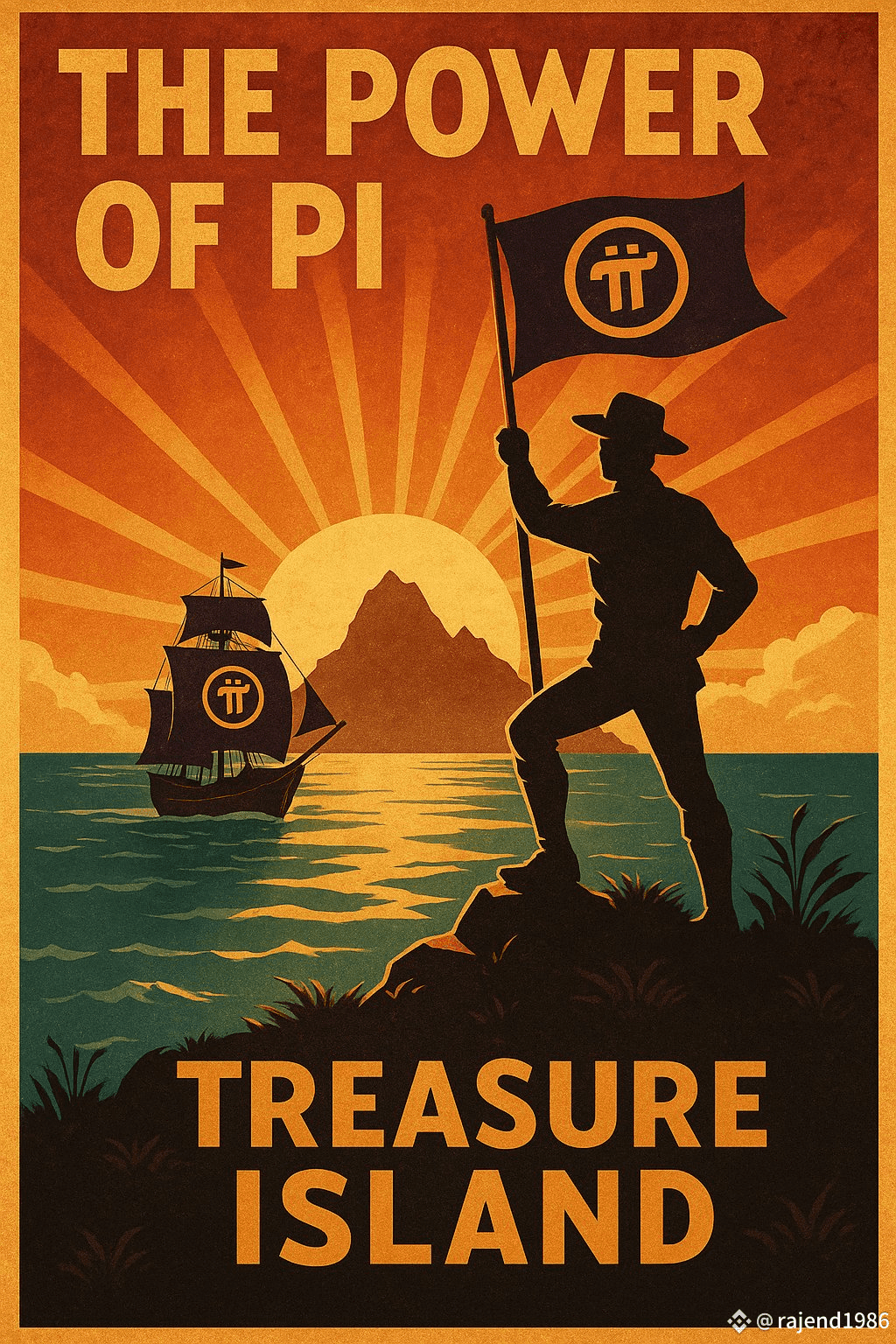Those Who Boarded the Treasure Ship vs. Those Who Didn’t: Pi Network Unveils the Hypocrisy of Nations and the Coming Currency War
Can the bureaucrats of legacy central governments and conformist elites survive as nonconformists within the Pi Network?
The Old Lie: “Poverty Cannot Be Solved
Pi Rescues the Poor Before Nations Do
Why Elites Fear Decentralization
The Fate of Those Who Ignore the Pi Treasure Ship
The decision of King Nicolas, engraved in the history of global money

1. The Harsh Truth Behind “Even Governments Can’t Save the Poor”
For decades, governments and elites across the globe repeated the same narrative:
> “Poverty is too deep-rooted. Even governments can’t solve it.”
This statement, in truth, was never about inability—it was about **strategic inaction** and **controlling the narrative**.
Yet today, the Pi Network presents a real and scalable solution to global poverty.
It is accessible, equitable, and decentralized.
And still, no nation actively promotes it. Not a single government tells its people to get on board the Pi treasure ship.
This silence is telling.
**Why do governments turn their backs on a tool that could achieve what they’ve failed to do for centuries?**
2. Pi Network: The Decentralized Digital Welfare Engine
Pi is not just a blockchain or a cryptocurrency.
It is a **complete ecosystem**—a convergence of money, labor, income distribution, and decentralized governance.
It achieves what legacy systems promised but never delivered:
* Equal access to digital currency via human-based mining
* Rewards for actual contribution and network utility
* Built-in value stability through GCV (Global Consensus Value)
* Seamless global exchange without reliance on state-backed currencies
This renders the nation-state model obsolete—at least in economic terms.
Pi proves that **an economy can function and flourish without central banks or fiat money**.
3. Why Governments and Elites Ignore Pi
Governments and legacy elites have five core reasons for ignoring Pi:
1). **Loss of structural power**: Pi deconstructs their grip over wealth, debt, and monetary issuance.
2). **Collapse of currency monopoly**: Pi shows that trade, value, and growth can occur without fiat.
3). **Breakdown of tax control**: Smart contracts and DAO income flows bypass traditional tax systems.
4). **Threat to political manipulation**: A self-sustaining population no longer needs government promises or welfare dependency.
5). **No special privileges in Pi**: Elites can’t buy their way to influence in this system. Participation must be earned.
These realities are not just inconvenient—they’re existential threats to the status quo.
4. Those Who Boarded vs. Those Who Will Regret
Pi pioneers—those who mine, stake, build, and transact—are doing far more than participating in a network.
They are quietly becoming the **stakeholders of the world’s first post-fiat economic regime**.
Imagine this:
If Pi Network acquires a significant portion of U.S. treasuries and agrees not to collect interest in exchange for widespread adoption,
then **the Pi reward system becomes a digital replacement for national debt servicing**.
Pioneers, in this scenario, would effectively become **shareholders in a global economic redemption mechanism**.
They would earn from contributing—not from speculating or hoarding.
This is the birth of a **new economy rooted in contribution-based, decentralized rewards**—a paradigm that leaves legacy institutions behind.
5. Strategic Forecast: The Currency Shift Has Already Begun
By late 2025, the Grand Open Mainnet will activate.
This will likely trigger a surge in real-world utility apps, merchant adoption, and peer-to-peer trade.
By 2026, we may see Pi’s purchasing power outperform fiat currencies in daily transactions—perhaps even **10x USD in certain marketplaces**.
As fiat collapses under its own debt and inflation burdens, governments may begin proposing “digital bond settlements” using Pi or similar models.
By 2027, decentralized global governance platforms—perhaps a “Pi IMF”—could begin forming.
Legacy institutions like the IMF, SWIFT, and BIS may start to lose relevance.
By 2030, international trade itself may revolve around Pi-standard agreements, governed by DAO-based contracts and automated dispute systems.
Those holding Pi now will not simply own an asset—they will own the **infrastructure of a new world economy**.
Final Judgment:
You Board or You Watch It Leave
Pi Network is not merely a digital currency.
It is a **transformational vessel**—a treasure ship—quietly preparing to redefine how humanity exchanges value, rewards labor, and builds economies.
It gives no special seats to the powerful.
It rewards only **verified humans, real effort, and meaningful contribution**.
> **“True pioneers will achieve great things.”**
> **“We will show the world the power of Pi.”**
These aren’t slogans.
They’re warnings—or rather, prophecies.
The Pi treasure ship is still boarding.
**Are you on it?
Or are you just watching it drift beyond the horizon—out of reach?**
